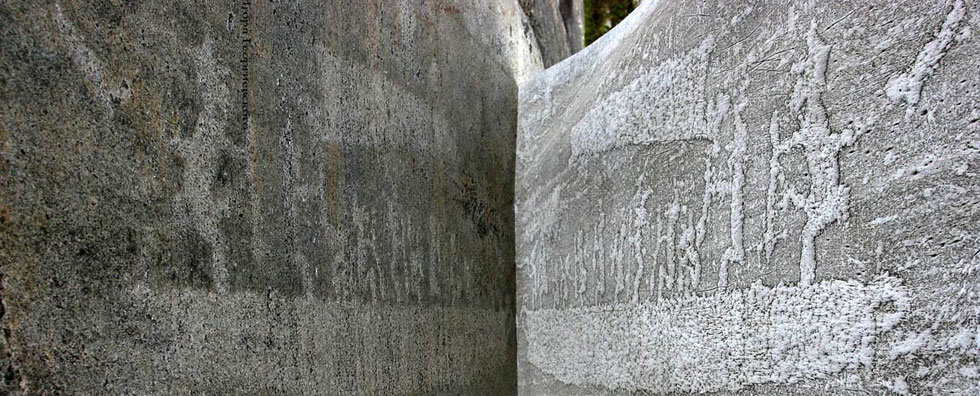
Issue №2, Vol. 22
Shapiro V., Grigorev I., Novikov M., Perfiliev P., Druzyanova V., Makuev V. Interaction features of a forest vehicle propulsion when maneuvering on a cryolithozone slope under cyclic loads // Resources and Technology. 2025. №2, Vol. 22. P. 128‒148.
DOI: 10.15393/j2.art.2025.8603
Interaction features of a forest vehicle propulsion when maneuvering on a cryolithozone slope under cyclic loads
| Shapiro Vladimir | St. Petersburg State Forestry University named after S.M. Kirov, shapiro54vlad@mail.ru |
| Grigorev Igor | Arctic State Agrotechnological University, silver73@inbox.ru |
| Novikov Marat | Arctic State Agrotechnological University, 715888@bk.ru |
| Perfiliev Pavel | Northern (Arctic) Federal University named after M.V. Lomonosov, p.perfilev@narfu.ru |
| Druzyanova Varvara | Northeastern Federal University named after M.K. Ammosov, druzvar@mail.ru |
| Makuev Valentin | Mytishchi Branch of Bauman Moscow State Technical University, makuevvalentin@gmail.com |
|
Key words: orests on slopes; forests on permafrost; maneuvering of forest machinery; soils; logging operations; forestry operations |
Summary: Logging and forestry operations in forests on slopes on permafrost in the warm season cause increased stress on forest ecosystems. Mainly, they have an impact on soils. Normal and tangential stresses transmitted from a forest vehicle propulsion to the thawed layer of seasonal permafrost result in shear deformations that lead to formation of a track and compaction of the soil. In turn, these phenomena negatively affect the root systems of undergrowth and the trees left to grow and may cause erosion processes. The melting of the seasonal permafrost layer leads to an increase in the moisture content of the upper soil layer, and, consequently, a sharp decrease in its bearing capacity. As a result, the intensity of the track depth rate increases. To compensate for the rapid increase in track depth growth, and to maintain the vehicle's cross-country capability in terms of ground clearance operators of forest vehicles have to maneuver. Therefore the more intense the track growth rate is, the more intense the maneuvering becomes. In practice, it is possible to observe how a forestry machine or a skidding system tacks along a weakly bearing soil (along a skidding portage or technological corridor), and maneuvering takes up to 70% of the driving time. Therefore, the routes of forest vehicles movement preplanned in straight lines result in cyclic tangential stresses from turns of the vehicle's propulsion. This paper shows that it is necessary to make a predictive assessment of both the absolute values of maneuvering angles and the permissible ranges of their change in specific geotechnical conditions for cutting or forestry work. This assessment may allow increasing the efficiency of the network of skidding lines (technological corridors) and optimizing the routes of movement of forest vehicles and skidding systems. Also it may reduce the negative effects of their impact on the root system of undergrowth and trees left for rearing. The assessment should be done when cyclic loads are applied on the marginal part of the thawing soil mass on slopes on permafrost with a high humidity index, when choosing routes for forest vehicles and skidding systems based on them and the type of propulsion with a given load on the soil. |
Displays: 169; Downloads: 118;




